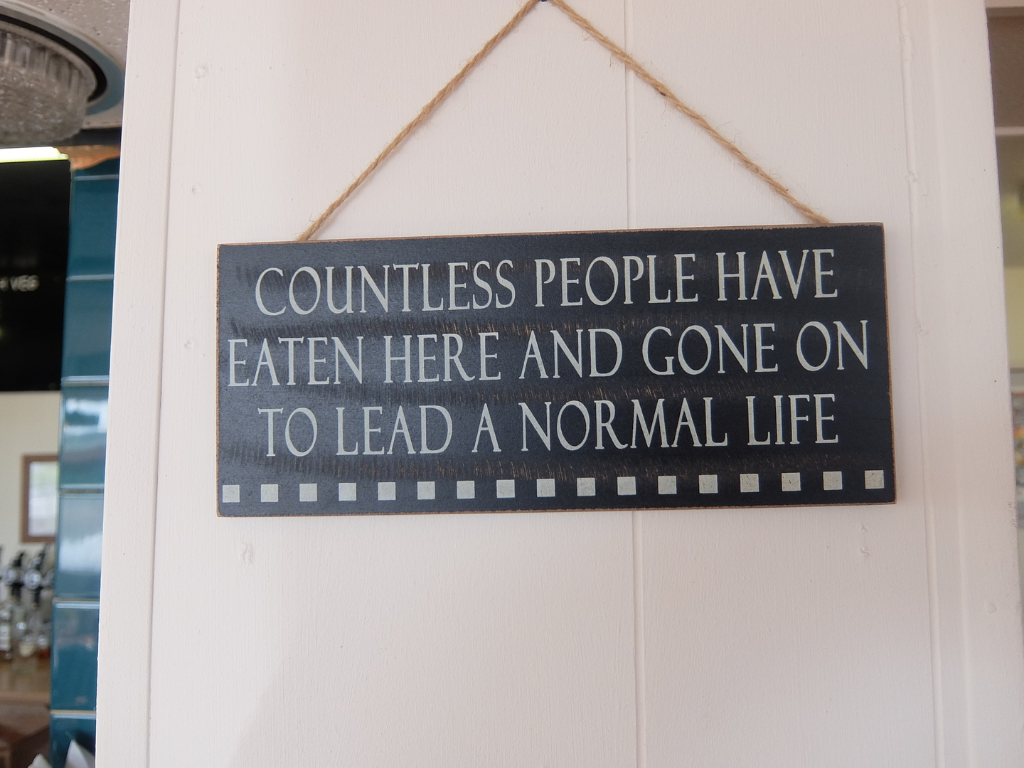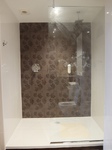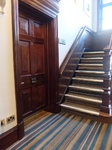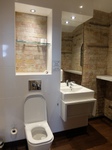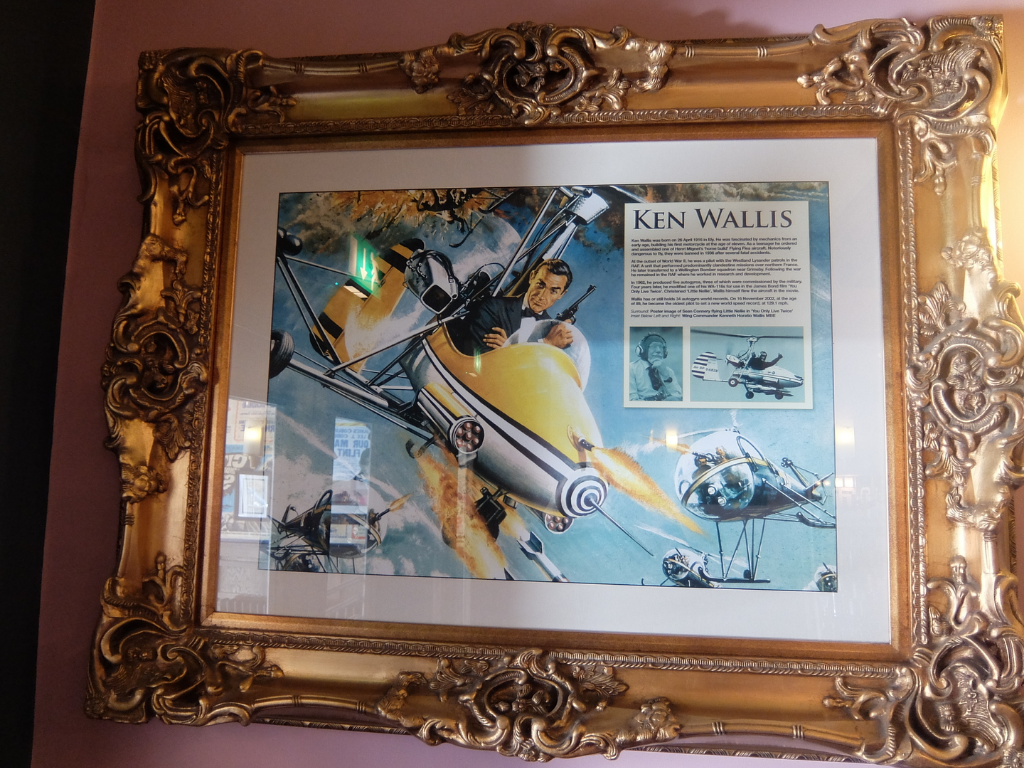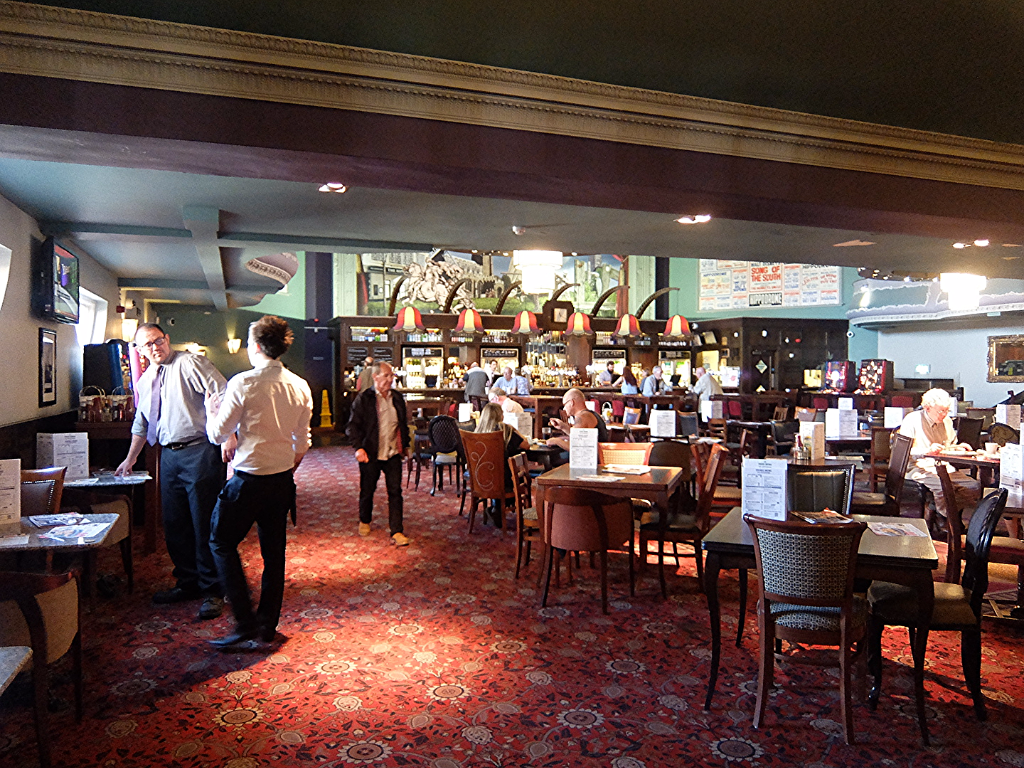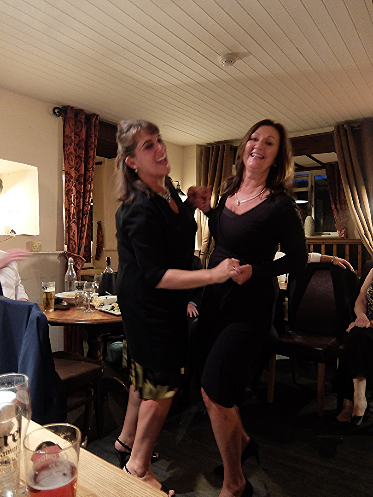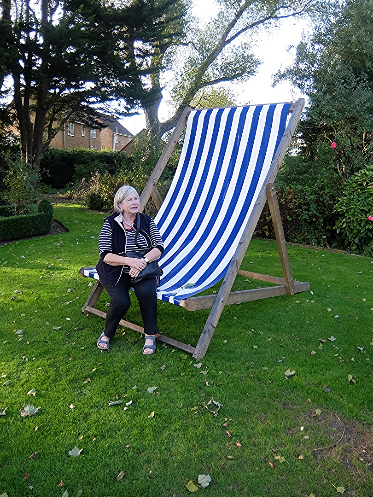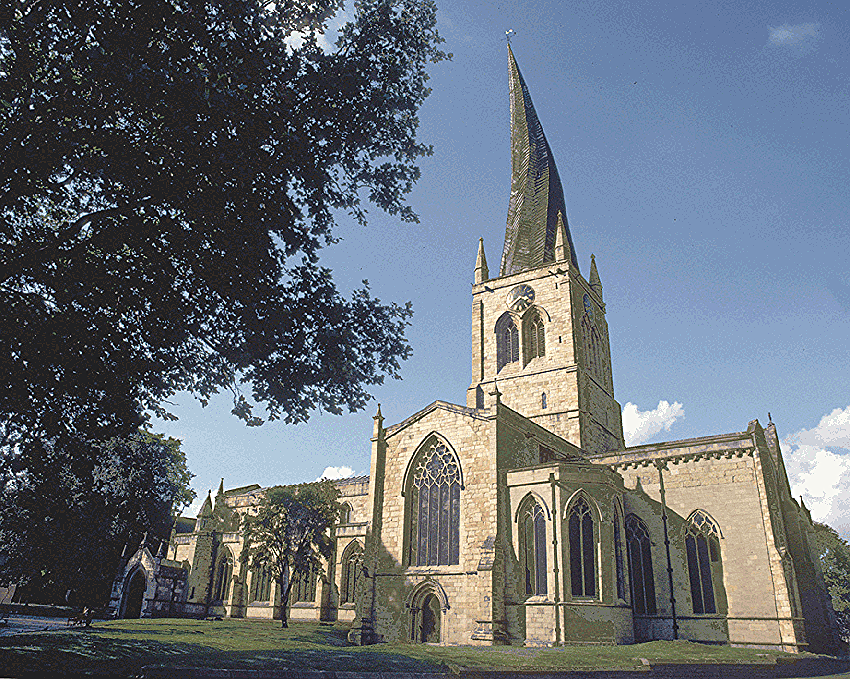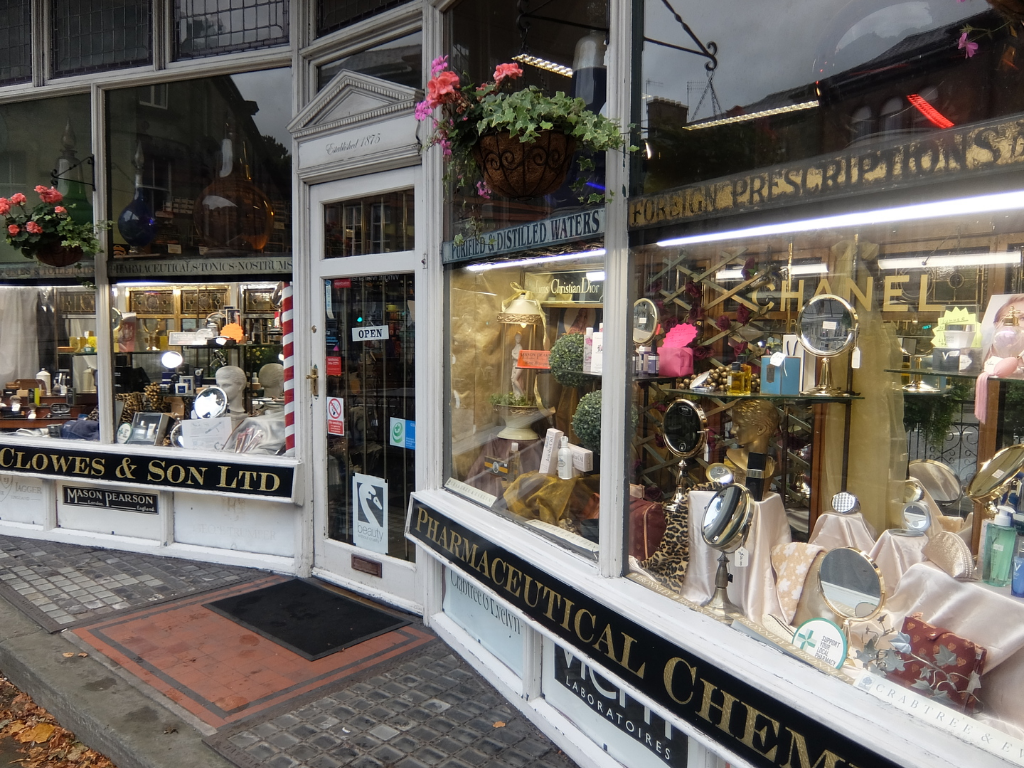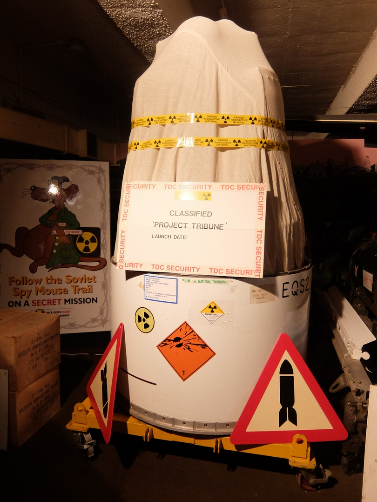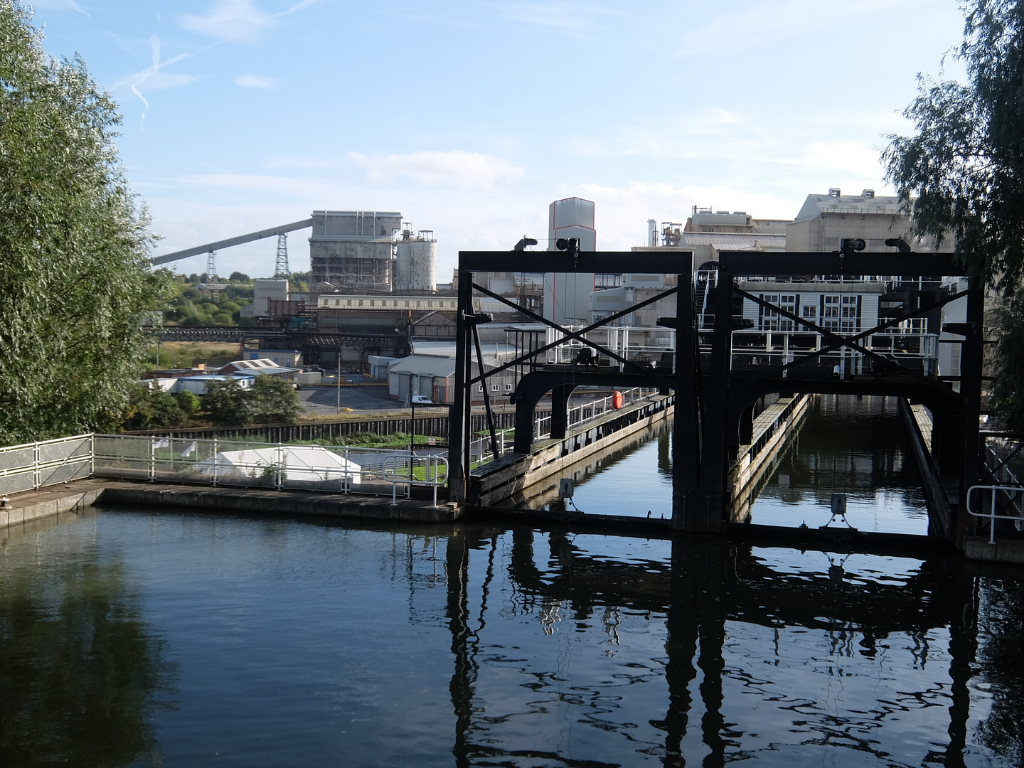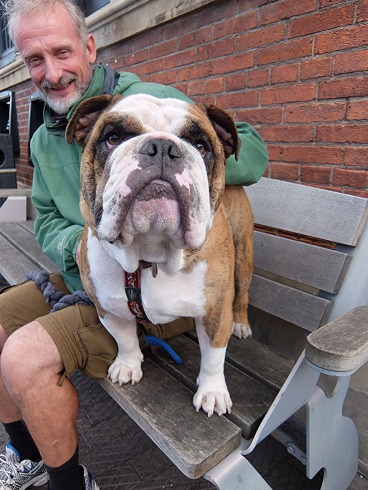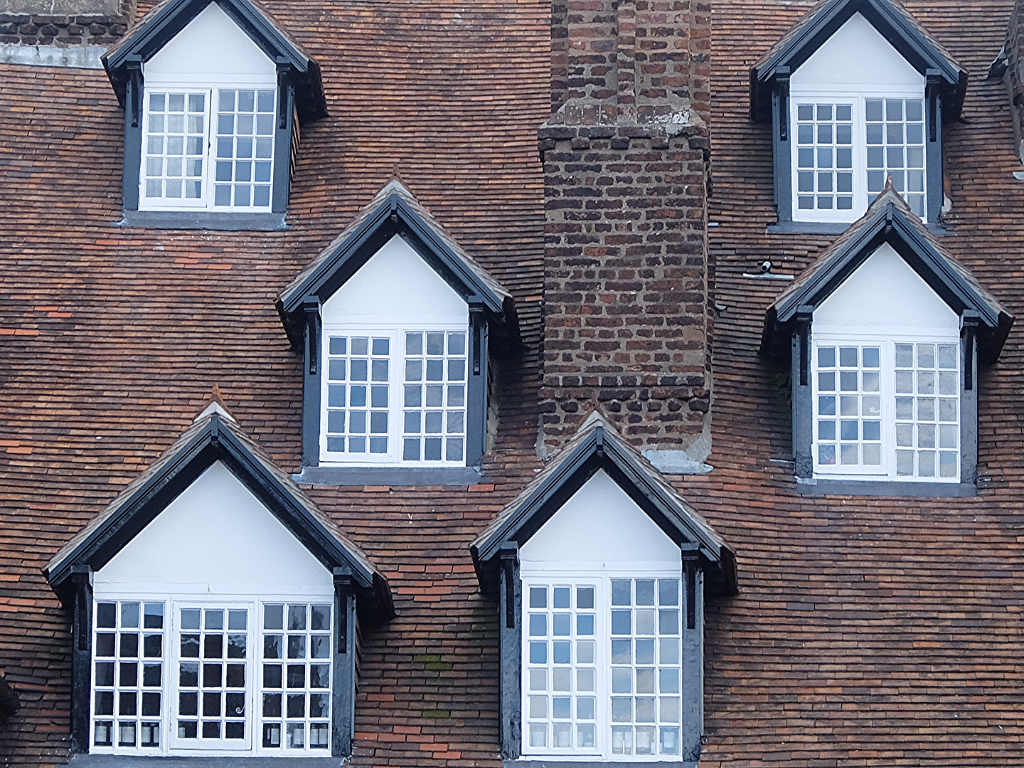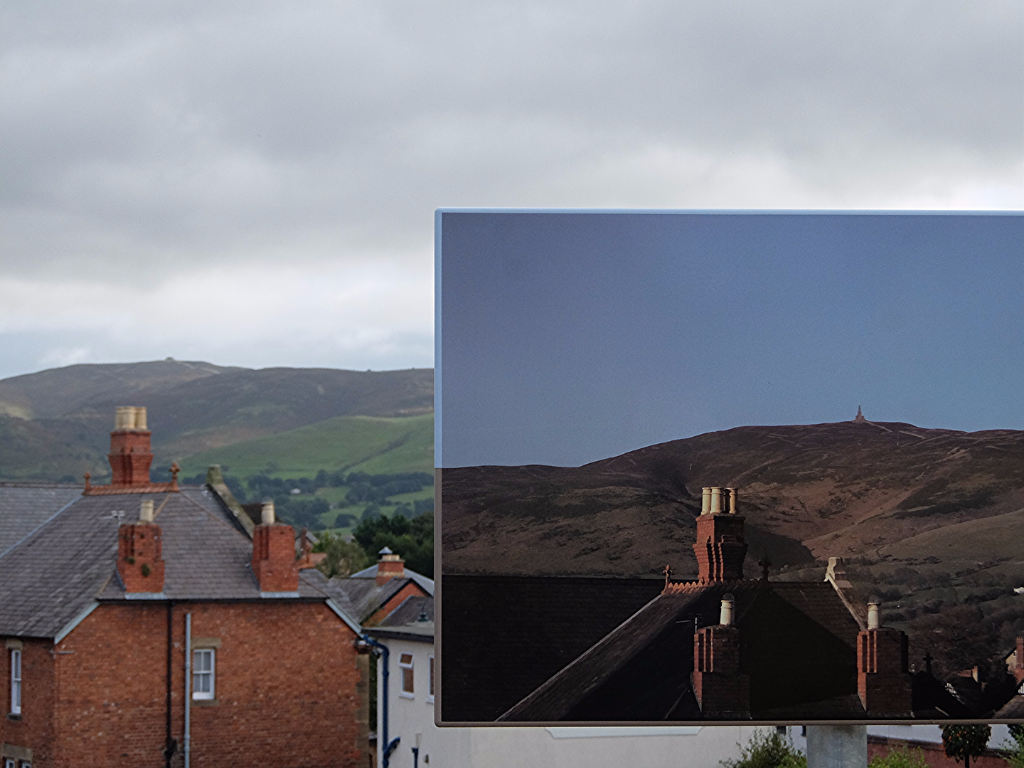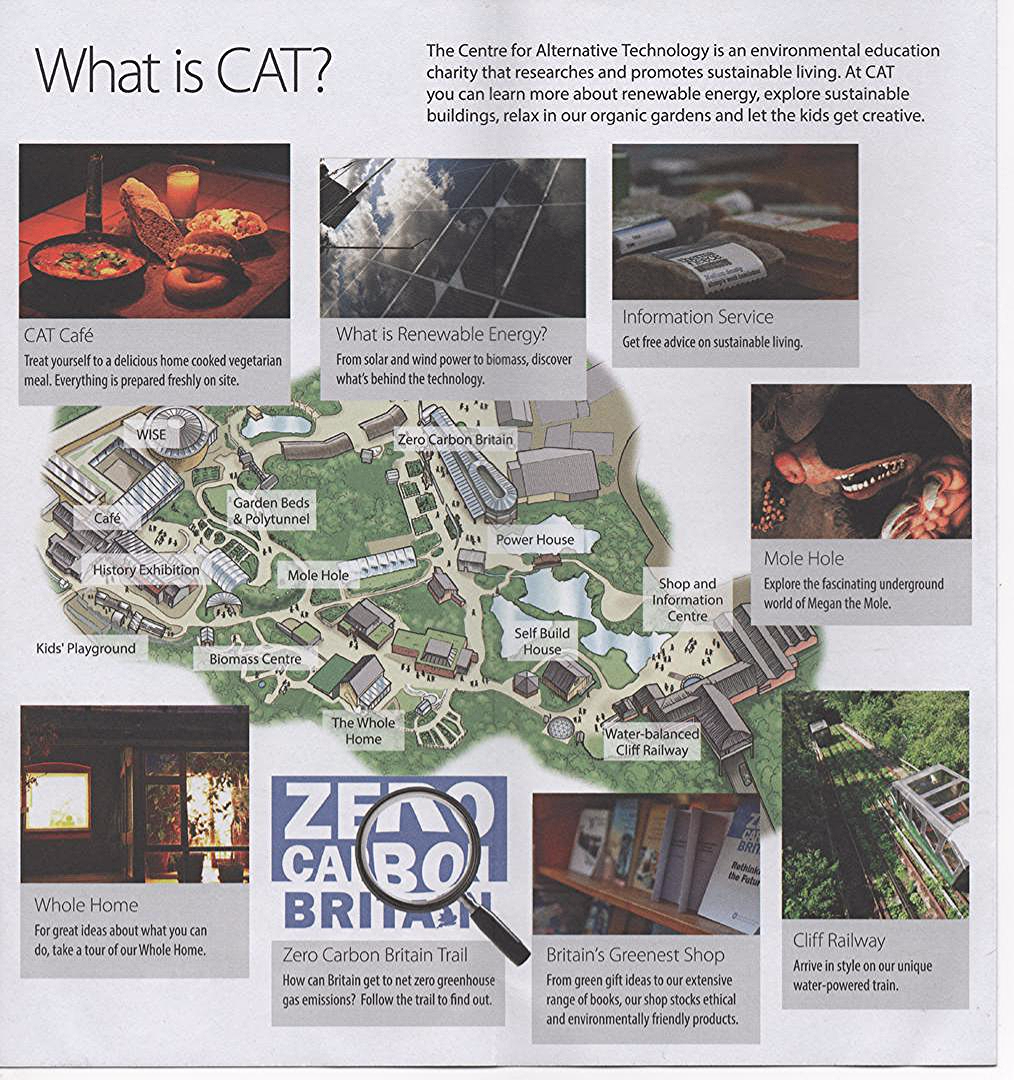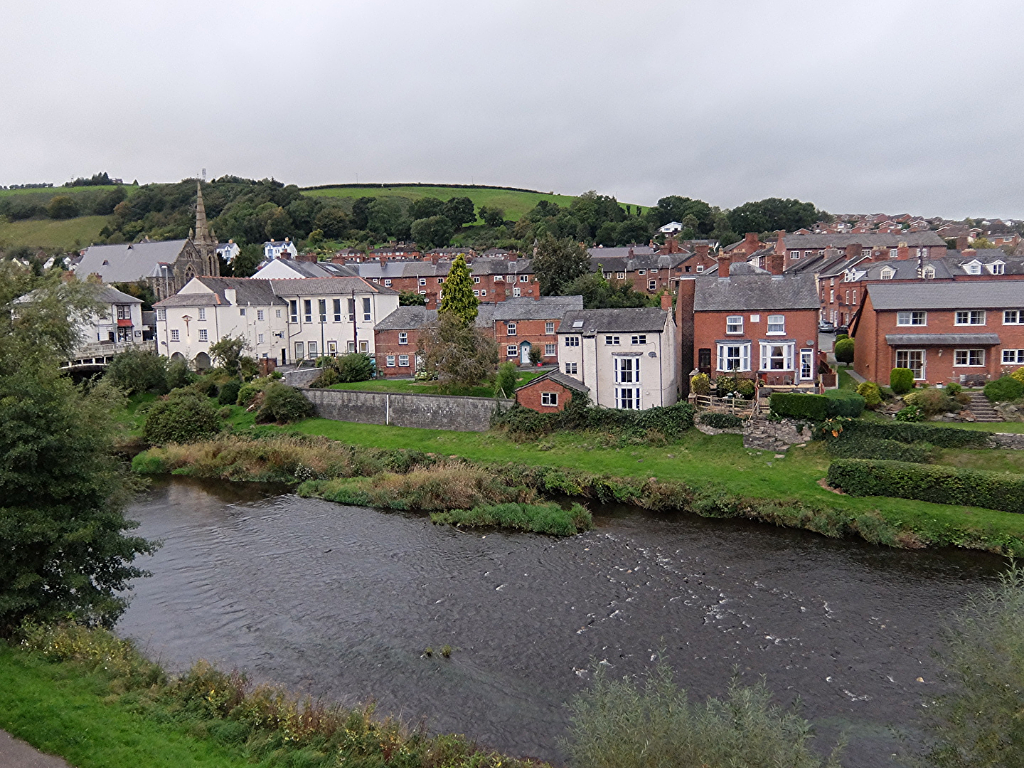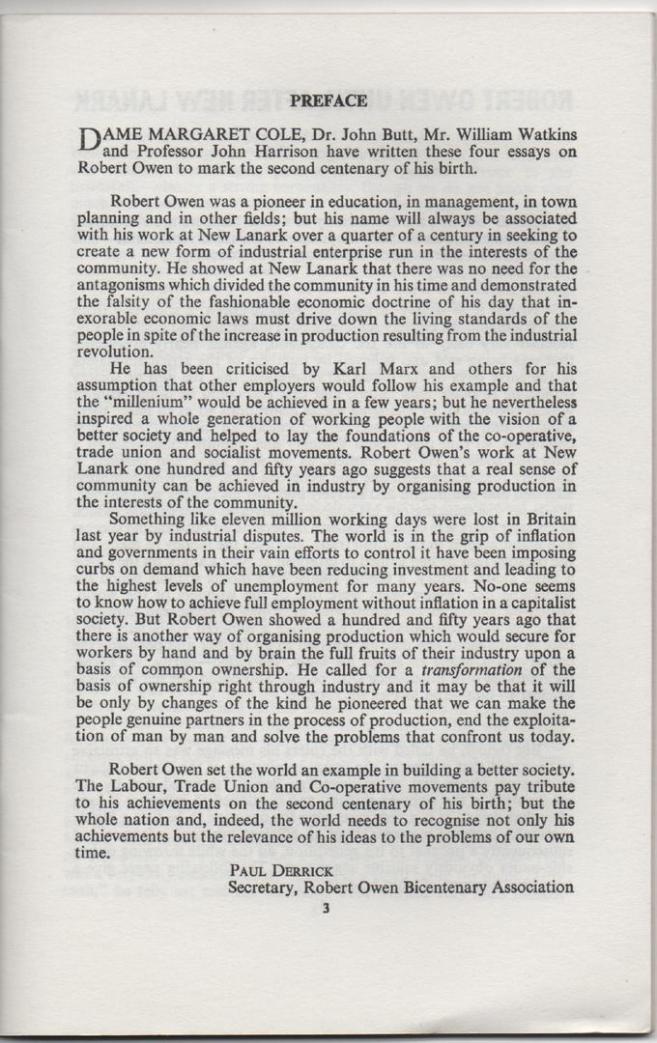Welcome to the Rudloe and environs website.
Here you will find news, articles and photos of an area that straddles the Cotswold Area of Outstanding Natural Beauty in north-west Wiltshire.
Contributions in the form of articles or photos are welcome. Even those with completely contrary views to mine!
Thanks to the website builder 1&1 and Rob Brown for the original idea.
Rudloescene now, in January 2014, has a sister, academic rather than anarchic, website about Box history here: http://www.boxpeopleandplaces.co.uk/
It contains thoroughly professional, well-researched articles about Box and its people.
Contact rudloescene through the 'Contact' page.
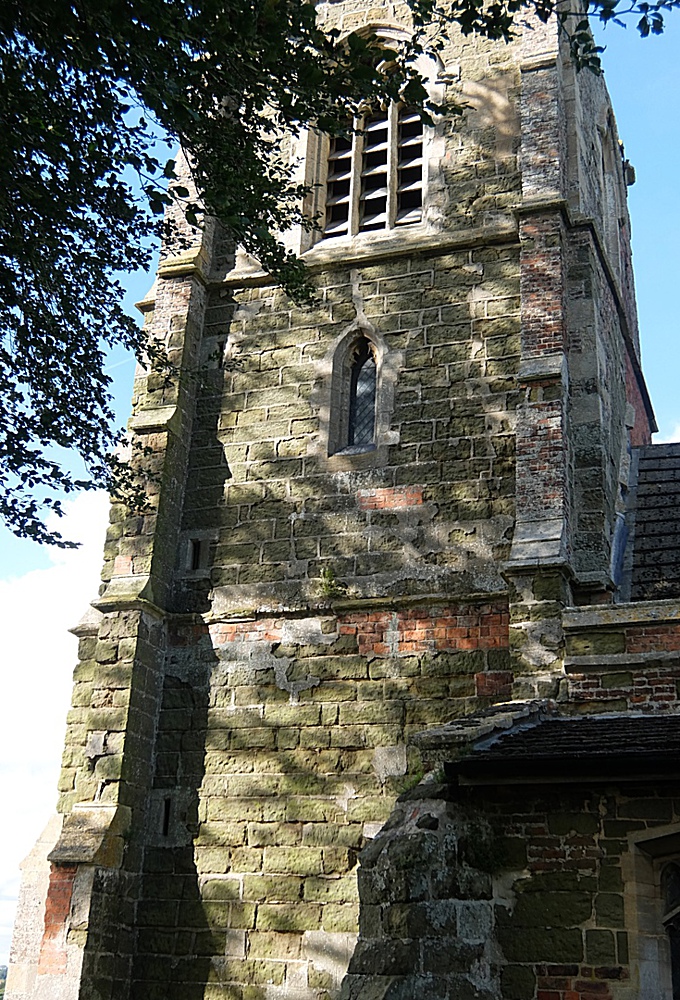
Remote church in Fenland discovered on a short (11 days) tour of England and Wales
18th October 2016 - it has proved very difficult to rediscover the name and location of the church shown in the title photograph. It is somewhere between the A17 and the Wash and not a million miles from Sandringham, the winter retreat of the Royal Family, known in some quarters as the parasites. They, the paras, have recently returned from the 13-week (or thereabouts) summer break in Balmoral and will depart for their similar-length winter break in Sandringham in about ten weeks.
In a 30th September 2016 Times article entitled 'Super-rich rake in millions from farm subsidies', we discover that our dear Queen received £557,706 last year in Common Agricultural Policy subsidy for the Sandringham Farms Estate alone, never mind all the other agricultural holdings of the paras. So, my dear taxpaying readers (if indeed there are any readers out there), your taxes help maintain the status of one the richest individuals and her family in the privileged, powerful, monied world in which they move.
The Royal Family has lobbied hard to maintain its secrets through, inter alia, obtaining exemption from the Freedom of Information Act. It is my contention that, if the paras were subject to FoI legislation, they wouldn't last six months. Such secrecy is not within the realm of a modern democracy but is redolent of communist states and the Cold War.
Talking of the A17, the pictured sign was displayed in a popular transport cafe close to Holbeach twixt the rivers Nene and Welland. Here we got talking to a Dutch lorry driver (as you do) who was ferrying chicory (or endive if you like) between the Netherlands and the only commercial chicory grower in the UK, Jack Buck Farms at Holbeach. Detail of the art, or science, of growing chicory may be found on the Farmers Weekly webpage here: http://www.fwi.co.uk/news/chicory-art-of-darkness-crop.htm and actually it is very strange - like mushrooms, it is grown in the dark.
The best hotel, by far, and the cheapest on the tour was the £65 per night Wetherspoon's Hippodrome in March, Cambridgeshire. If this hotel was situated in Bath, it would be considered a good bargain at £250 per night. We could have had a menage a douze in the shower.
By the way, the 'tour' started with a funeral at West Hertfordshire Crematorium preceded (the night before) by a family get-together and followed by the best 'craic' we have enjoyed for many a long year. The deceased would have loved it.
West Hertfordshire Crematorium is more like an arboretum than a crematorium and the mourners were able to take advantage of the facilities offered in the on-site cafe before the service. Very civilised.
The 'craic' was enabled and effectively hosted by Patrick, a family friend who sang (and joked) almost non-stop for about five hours at the Old Manor in Potters Bar. The songs were mainly 50s, 60s and 'standards' so we could all join in.
Thanks to David, Brenda and Helen for their hospitality.
Lord Turner of Rudloe took about two minutes to extricate himself from this deck chair in Skegness so Baroness Turner was taking no chances.
Skeggy isn't a bad resort when all's said and done. Just south of our hotel here lies Gibraltar Point National Nature Reserve which consists of saltmarsh, foreshore and beach, sand dunes, lagoons and ponds.
Or if you prefer a glitzy, trashy, noisy, garish, coarse, vulgar environment you could do no better than the Butlin's resort in Ingoldmells at the northern end of Skeggy.
We spent a couple of days in this resort (not Butlin's, the Vine Hotel in Skeggy) which still attracts thousands to its caravans and boarding houses from the industrial north - is there still an industrial north?
Skegness is so bracing!
Now I'm cheating here ... 99.5% of the photos on this website are my own but here's a picture of the crooked spire of the Church of St Mary and All Saints at Chesterfield taken from the Internet. We were passing through Chesterfield and saw the crooked spire from many angles and ... it is so crooked.
Two days in Buxton were, unfortunately, rainy. We were aiming to stay at the Buckingham Hotel which formed part of a memorable journey taken at the turn of the century. This was the location of the wake for our colleague Sue Bennett. Sue worked for NATO in Belgium but her family home was in Buxton. At a very young age, 40 if I recall correctly, she was taken seriously ill and spent her final days in a Buxton hospice. These days were memorable in many respects not least of which was the journey of the funeral cortege across High Peak from Buxton to Macclesfield crematorium. This is a journey of only 12 miles but the scenery is spectacular; the Cat and Fiddle at or near the 'summit' is the second highest pub in England.
Anyway, nothing stays the same forever as Hansel said to Gretel and the Buckingham, the location of Sue's wake where family, friends and colleagues recalled good times over a fine spread was a shadow of its former self.
We ended up at the Palace, a Victorian pile commanding one end of the town and what an experience this was. The room was very good and relatively inexpensive and the restaurant looked okay so we decided to dine in-house on the first night. A very odd waitress gave us a menu and showed us to a table. We ordered and waited and waited. Two couples were seated at an adjacent table and when they ordered we thought 'wait a minute, they're ordering things we didn't see on our menu' so we queried this ... apparently we had been given the wrong menu. The wine we ordered never arrived. Our 'strange' waitress asked "would you like a white roll" so we thought 'why not' but then the maitre d' came to the adjacent table with a basket of bread asking "brown or white roll?". Her majesty's main course beef was dreadful and was sent back. The adjacent table had a similar problem - two of the four meals were sent back and they were offered a 'refund' (we weren't!). Every time our odd waitress passed a large mirror en route to the kitchen she cast herself a sideways glance (she looked bloody awful and her hair was an absolute mess). What a laugh!
The secret Cold War bunker at Hack Green near Nantwich in Cheshire was our next port of call and what a fascinating place this is with dozens of rooms with Cold War communications equipment, weapons systems and paraphernalia.
It just goes to show what should and could have been done with our local wartime underground ammunition depots around Corsham which were the largest in the world.
Many years ago, perhaps in the early 80s, Nick McCamley, the author, opened Monkton Farleigh Central Ammunition Depot as a tourist attraction. I recall seeing the brochures at the Bath Tourist Information Office. Dick Brown, who is acknowledged by Nick in some of his publications for providing information etc, proposed to open an underground cafe and I went along on a couple of occasions to hinder the project.
Then as far as I know, the MoD pulled the rug out from under Nick and sold off the site. All of the marvellous, historic machinery including the extensive conveyor systems were scrapped. What a tremendous tourist attraction this could have been.
Now an aaaargh moment ... the Anderton Boat Lift near Northwich which lifts boats (!) from the Weaver Navigation to the Trent and Mersey Canal. We had been travelling for hours and arrived at 4pm just in time to see the doors close for the day.
Any road up, beyond the lift the Brunner Mond Winnington soda ash works can be seen or the remains thereof as demolition of this historic site started in summer 2016. The scale of this works is incredible - see this '28dayslater' link for pictures taken in June 2016: http://www.28dayslater.co.uk/brunner-mond-soda-ash-works-winnington-june-2016.t103722. This is yet another piece of our industrial history being scrapped only to be replaced, no doubt, by a clone estate of the type that can be found across the country from Southampton to Sheffield or Newcastle to Norwich and all to house the mysterious hordes (there must be millions of them) that will be increasing the population of every town and city across the land by around 10% (local examples - about 1,000 homes proposed for Corsham - pop 13,000; about 3,500 homes proposed for Chippenham - pop 30,000).
When I was a lad, on my way to or from school, I used to see these Mond tankers pass through Stockton Heath (Warrington) on their way to industrial Lancashire and wondered why so many, where did they come from and where were they going to. Well, chemist Ludwig Mond, a German, went into partnership with industrialist John Brunner to establish Brunner Mond and Company at Winnington in the 1880s and within 20 years the company was the largest producer of soda in the world.
From written evidence to a 2003 House of Lords select committee, the following was found: Brunner Mond is the only UK producer of sodium carbonate (soda ash) and sodium bicarbonate. These are strategic raw materials for the nation, being essential to the manufacture of many everyday items such as glass, detergents, foods and pharmaceuticals. Based in Northwich, Cheshire the company manufactures about one million tonnes of product at its two sites, Northwich West and East.
Now does this next bit sound familiar ... in 2006, the Winnington plant was purchased by Tata Chemicals and in 2013 its closure was announced bringing to an end 140 years of soda ash production along with the loss of 220 jobs. Note from the para. above, this plant produced "strategic raw materials for the nation"!
This is national corporate raiding and asset stripping on a grand scale. And who has allowed this, along with the closure of our steelworks, to happen? Not the EU ... but our own governments. Our present government has been blocking proposed EU tariffs on cheap, subsidised imported steel in order to cosy up to the Chinese.
We've been on the road for eight days and have only now hit the 'Wales' part of the tour.
Croeso i Gymru in Ruthin (pronounced Rithin) in Denbeighshire with the welcome provided by George who insists on watching the world go by from this bench in the main square.
We were so chuffed with the Wetherspoon's hotel in March (Cambs) that we plumped for another one here, the Castle. This wasn't up to the March standard but was still very good and reasonably priced at £75.
Despite being at the junction of two principal routes, the Chester - west Wales A494 and the Rhyl - Wrexham A525, Ruthin is a very quiet, picturesque town with some interesting architecture and views to the Clwydian Range (see pictures below).
However, this was only a watering hole on our way to find our ex-heavyweight boxer cousin with primrose and blue blood in Barmouth.
There is no doubt that Barmouth is surrounded by spectacular countryside - the drive into Barmouth through coastal Snowdonia, even on a grim day, was marvellous. If you take a look at Barmouth's website here: http://barmouth-wales.co.uk/ there are fabulous views of the Mawddach Estuary (an AONB), the Cader Idris Range in winter, Barmouth Bridge on the Cambrian Coast Railway, coastal Snowdonia and the coastline itself.
Also known as Birmingham-on-Sea in view of the rail connection (by Arriva, that well-known Welsh company based in Potsdamer Platz, Berlin) to Birmingham via Shrewsbury, Barmouth has its fair share of Brummies. A Birmingham family ran the chip shop where we watched the cheerless, 21st-century world go by for twenty minutes (tea only) or so.
The countryside is great, the coastline is great, but Barmouth itself is the blot on the landscape. Perhaps our view was coloured by the grim day but Barmouth seemed to typify the sad state of many British resorts.
The hill, Dinas Olau, which looms over the town was the very first piece of land owned by the National Trust having been donated to the nation by Fanny Talbot. It has been known as 'the Welsh Gibraltar' as when viewed from the sea, it resembles the Rock. Perhaps the shape of Iceland's roof was designed to reflect Dinas Olau but it is really just an abomination when compared with vernacular building using local stone - St John's Church for example which we see here in both pictures.
On to Machynlleth and the Centre for Alternative Technology (CAT) but unfortunately, it was 'deja vu all over again' as we arrived bang on 4 o'clock. So we said to the guy at reception ... "Do you know that the other day, we spent hours getting to the Anderton Boat Lift and arrived at 4 o'clock just as the doors were closing" ... He said "Well, you've done it again".
So followed quite a bit of banter and repartee about old gits arriving too late for the party, about the Centre itself and about the possibility of B&B (at the Centre). This question was met in the affirmative; I was quite keen; her majesty wasn't ... at which point, the receptionist shouted to the back office "We've got a domestic!" Anyway we went up (steep track) to take a look and it wasn't the 5-star accommodation to which her majesty is accustomed; twas a tad spartan. So we moved on and vowed to return (touch green wood) another day.
Our next port of call was Newtown in Powys where we stayed in the Robert Owen room at the Elephant & Castle Hotel. The view from our window (actually French doors) was of the river Severn and the eastern bit of the town:
I was quite surprised how substantial the Severn is in the heart of Wales. There's also quite a bit of Himalayan balsam here so there's little hope of keeping it under control further downstream. Any road up, some of you may be wondering who Robert Owen was (weren't you?) so below is the preface from a small, 1971 book entitled 'Robert Owen, Industrialist, Reformer, Visionary 1771 - 1858'. Robert Owen was born in Newtown.
Onwards and upwards, but actually downwards on the map, along the A483 to Llandrindod Wells to see an old mate and colleague then on to Abergavenney along the A479. I give the road designations here as driving along these twisting and turning A roads could (could!) be quite pleasant in view of the scenery in mid-Wales. But it wasn't because of bloody tailgaters. It was constant. Opportunities to overtake on these roads are few and far between (and even then you're taking your life in your hands) so you may as well sit back, relax and enjoy the views.
I'll give the example of the last tailgater. This chap was in a Volvo convertible. He tailgated for a good ten miles I would say, perhaps more, and he was so close that I couldn't see his headlights. Eventually he passed and then, of course, I caught up with him as he was held up again. Eventually I passed him in Abergavenney where he pulled into a garage. What was the point?
Anyway, just a final thought on the subject ... an old friend of ours, for reasons known only to himself, used to call Volvos "Vulvas". So, taking a leaf from his lexicon, this last episode saw us tailgated by a vulva in a Vulva.
